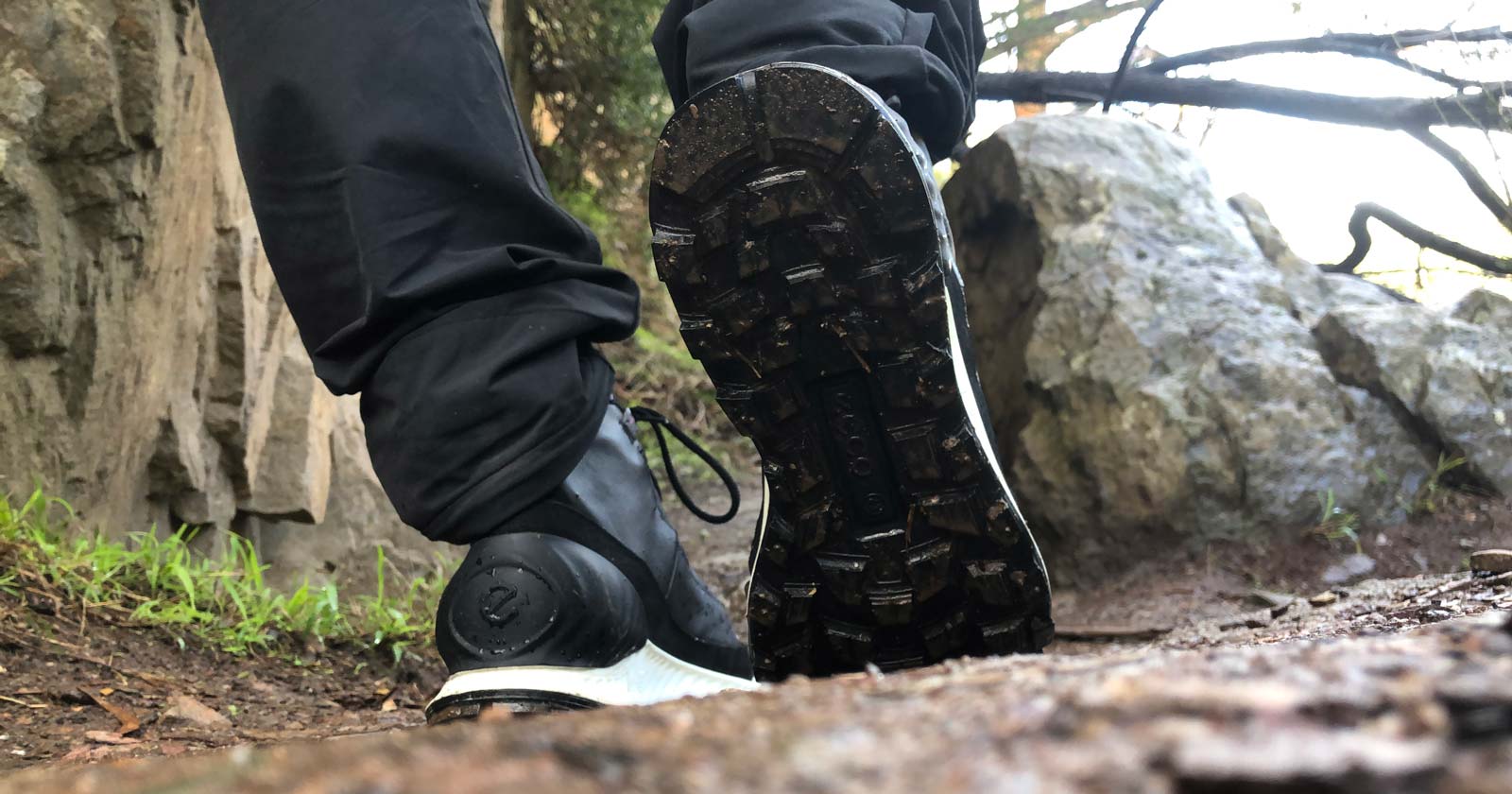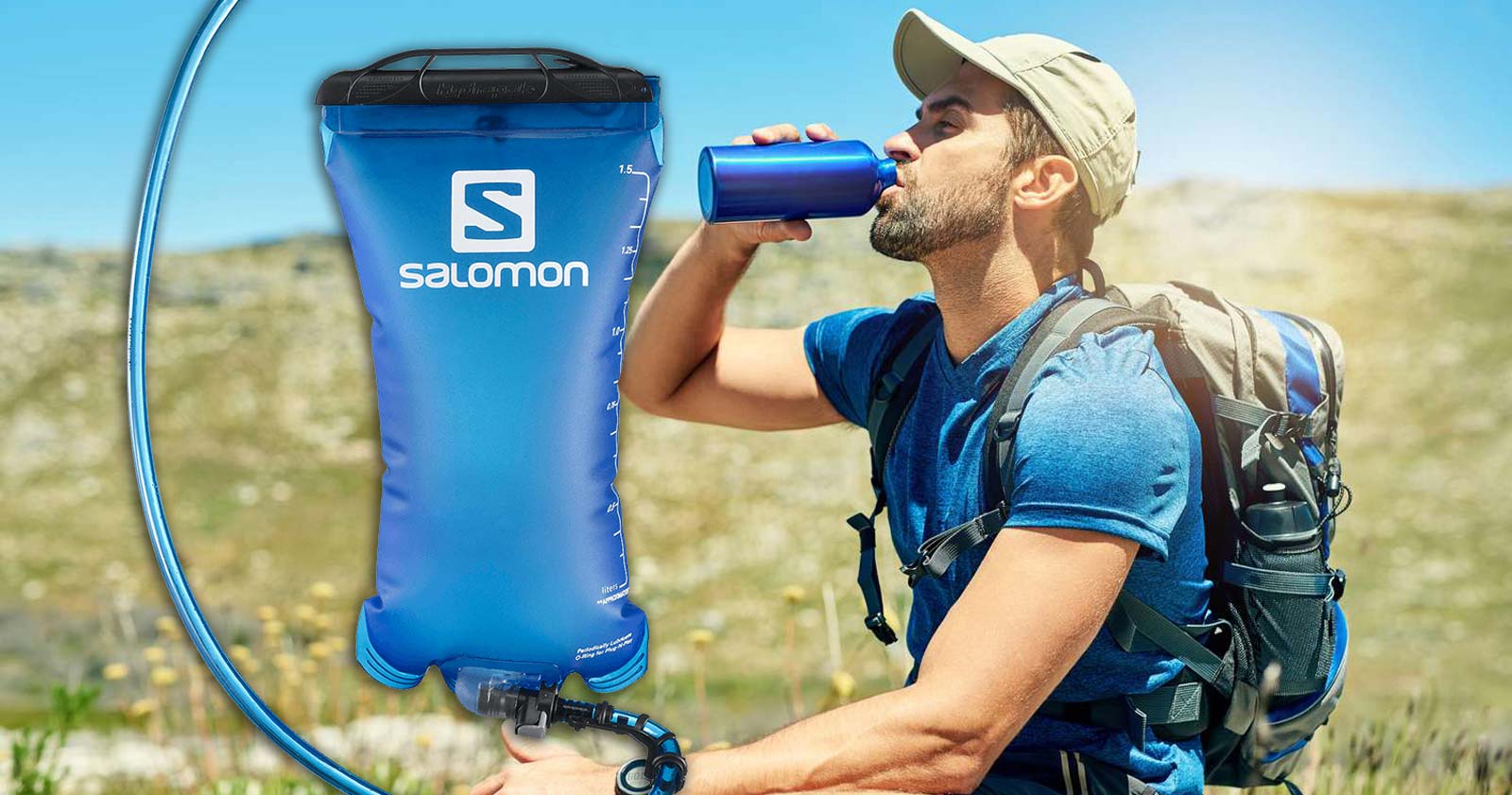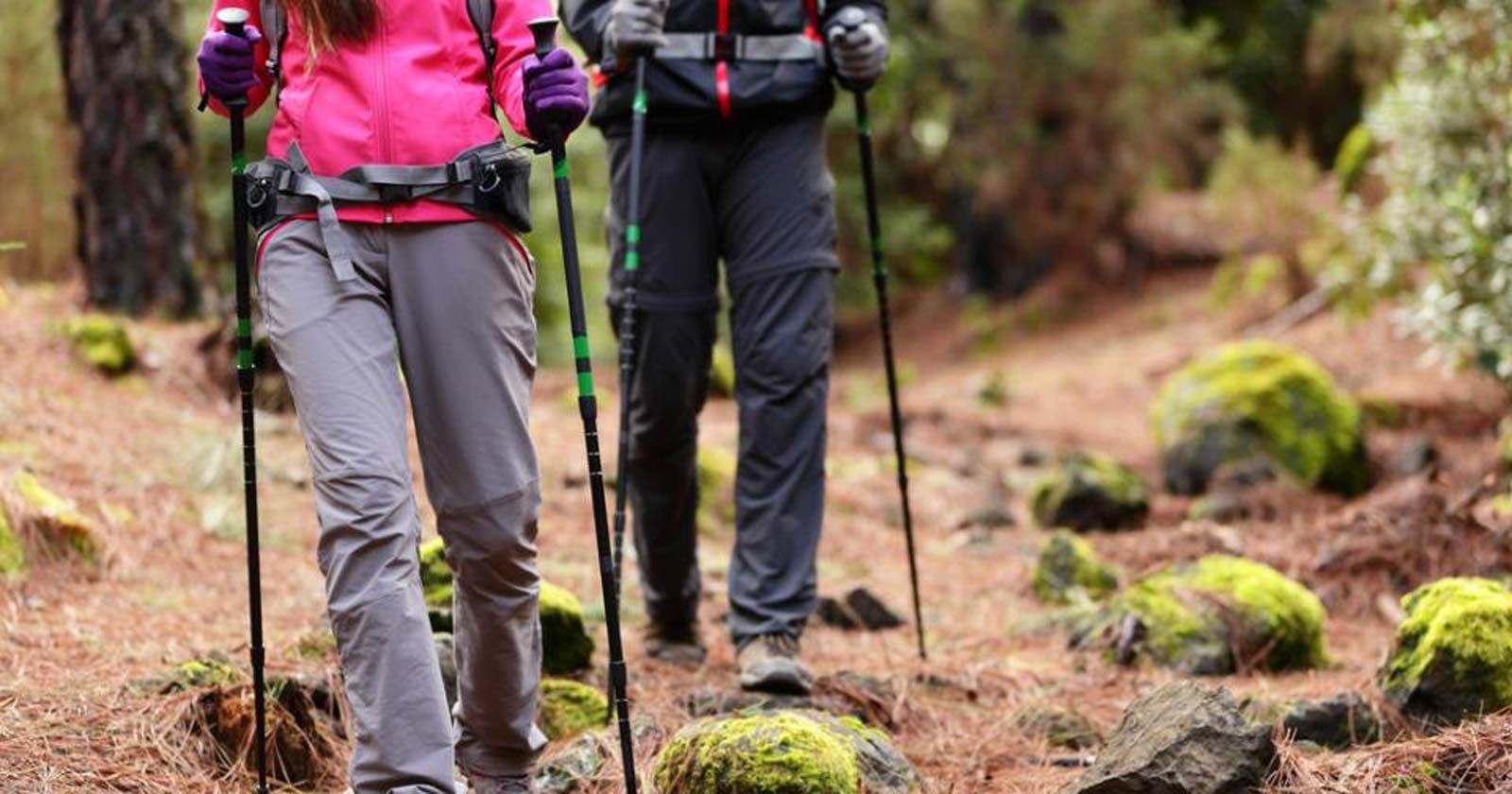A sleeping bag is an important purchase since it can keep you warm in subzero temperatures and protect you from the elements. Weight, form, heat rating and reliability are all factors to consider when purchasing a bag. Understanding the basic features and getting a feel for how sleeping bag ratings work can help you select the right bag for your needs and keep you warm in the process. So how do you go about choosing the right sleeping bag?
Sleeping Bag Shapes and Designs
Mummy Design: This sleeping bag is shaped like the old Egyptian mummy, wide across the chest then tapering down to a very narrow width at the foot end (hence the name). Depending on the brand they come with varying length zips down one side of the bag, the shorter the zip means less weight and less heat loss. Usually these are designed for colder conditions like snow or sub zero degrees. For this reason they are normally made with a very good hood and shoulder baffles for heat retention.
Tapered Design: This sleeping bag is not the same as a mummy bag, there is more room at the foot end of the bag allowing you to have better movement and not feel as confined as some people do in the mummy style. It still allows you to get the most out of your sleeping bag warmth wise, and in packing size. The zips on these bags may go down to the bottom and have another zip across your feet, to regulate temperature and so you can open them up like a quilt or Alternately you can zip two of the same bags together, if you have a left and right hand zip.
Rectangular Shape: These sleeping bags tend to be more bulky when packed as opposed to the more tailored shaped bags as above. They are good for people that move around allot in their sleep, and don’t like to feel too restricted. Most will open out into a quilt, with zips that go down one side and across the bottom. These are not designed for extremely cold conditions because you loss to much heat in the excess or wasted space of the bag,many brands have hoods but not all. These are more suitable for warmer climates, car camping and travel.
Single sided: This type of bag is a variation of the rectangular sleeping bag, the prime use of this type of bag is to try and save on pack size and weight by only using the top half of the sleeping bag, it is usually made up with down filled baffles to keep you warm while the underside is either a sleeve or a sheet that you can insert you sleeping mat into for comfort and warmth retention depending on the mat.
Double Sleeping bags: these are designed for the couples that don’t want all the hassle of trying to match up a left and right hand zippered bag and have the join down the centre of the bag, making it hard to get out in the middle of the night without disturbing the other person. These are made with a zip down either side of the sleeping bag, and are often very roomy but due to the size of them they are best suited for car camping.
Specialist Light weight bags: These bags come in a variety of shapes and sizes they are normally orientated towards the more experienced hikers. They are usually made with high quality materials and are packed with features to help save weight and space while travelling.
Sleeping Bag Temperature Rating
The temperature rating determines the lowest temperature that a sleeping bag can still perform its function of keeping the average sleeper warm. If you know where you plan on taking your bag, you can save some money and reduce the weight by selecting a bag specific for your climate.
Summer campers will want a bag with a temperature rating of +35 degrees or higher. Campers that plan on using the bag in a variety of conditions should aim for a bag with a temperature rating of +10 degrees to +35 degrees. For those that are camping in cold weather, it’s best to look for a bag with a rating between -10 degrees to 10 degrees. Extreme cold and winter campers should look for a bag with a rating of -10 degrees or lower. Most sleeping bags have ratings between +15 degrees and +50 degrees. Aim to select a bag with a rating slightly lower than the temperature you expect to encounter.
Source: Wild Earth






Erika Patroni
Adam Carroll